LED Displays
Delivering digitally produced, dynamic, data-driven, and/or full motion video content to a wide variety of applications
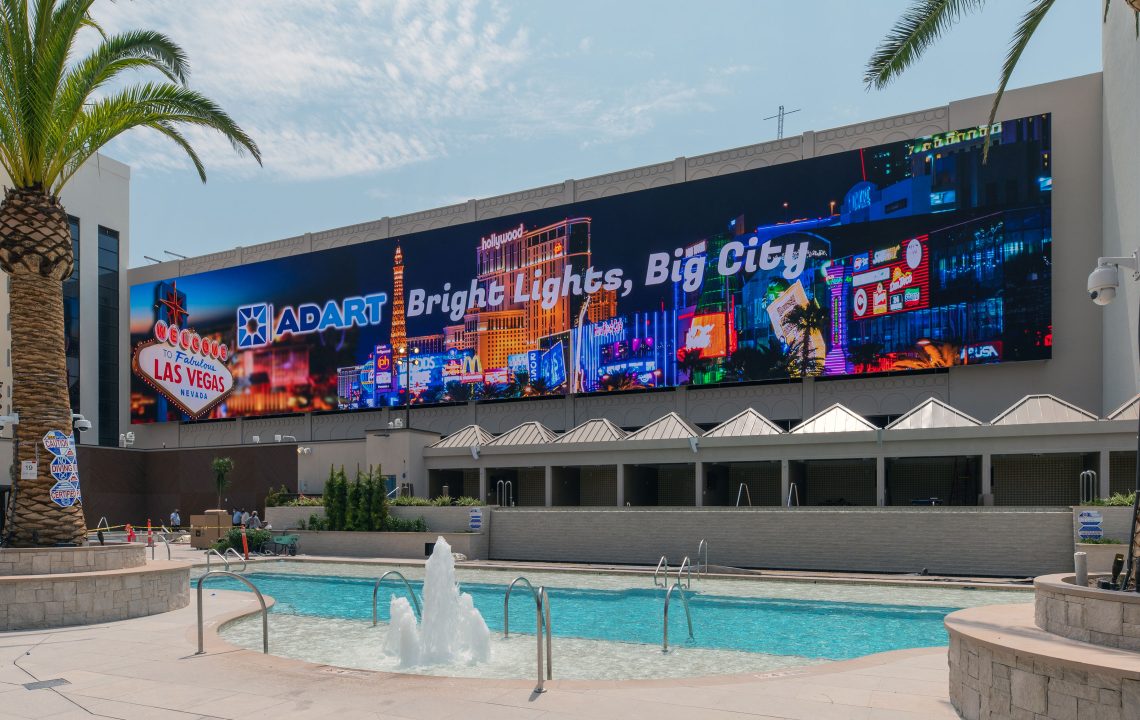

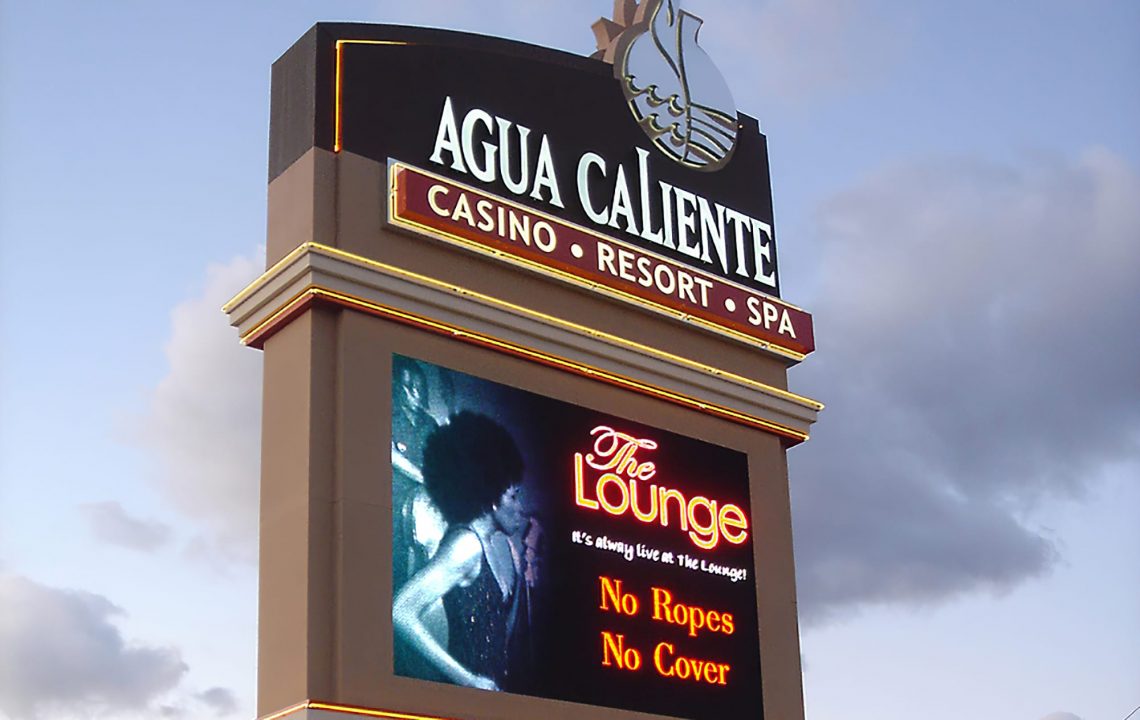
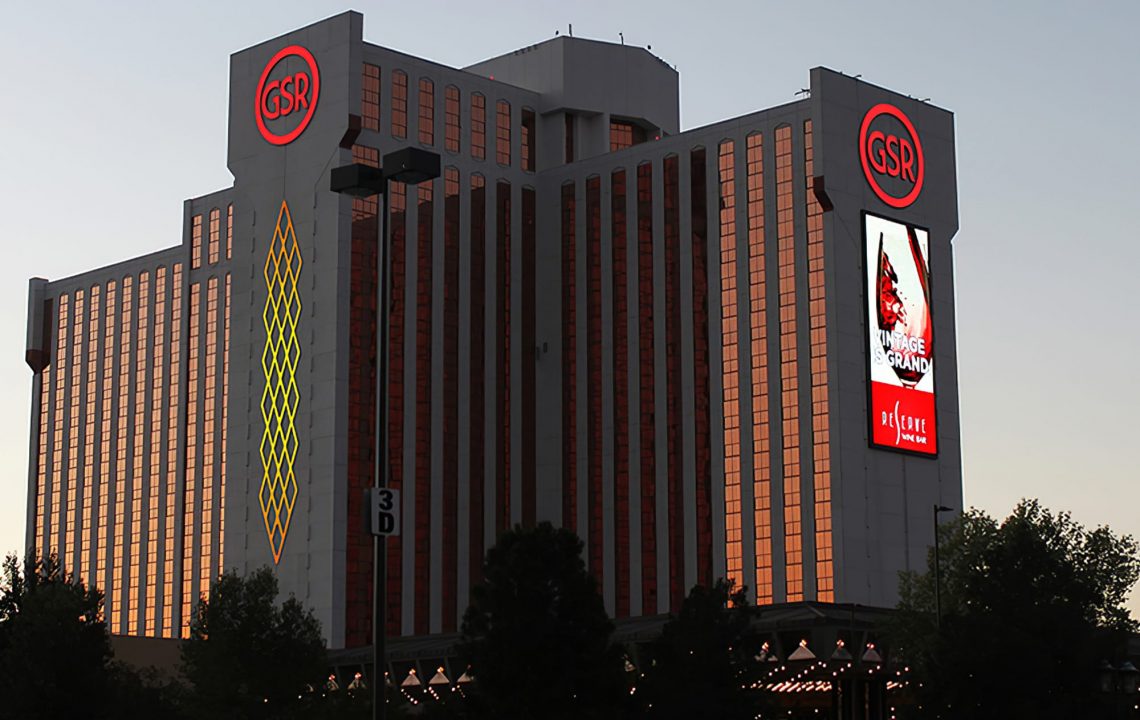



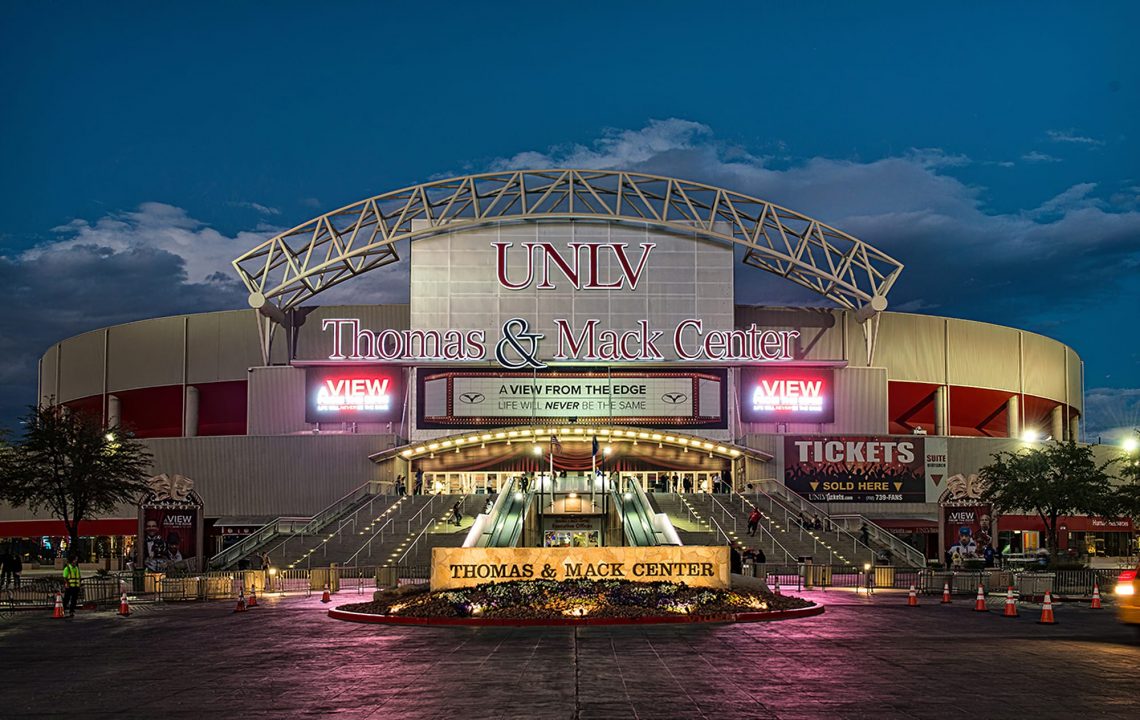
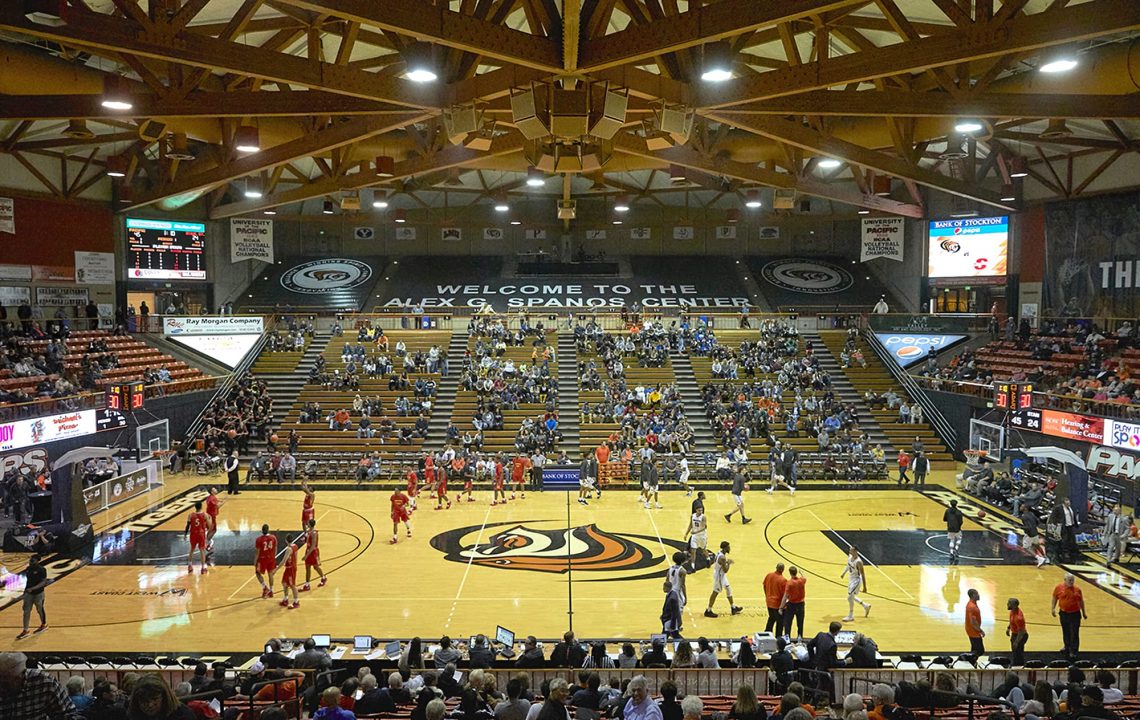
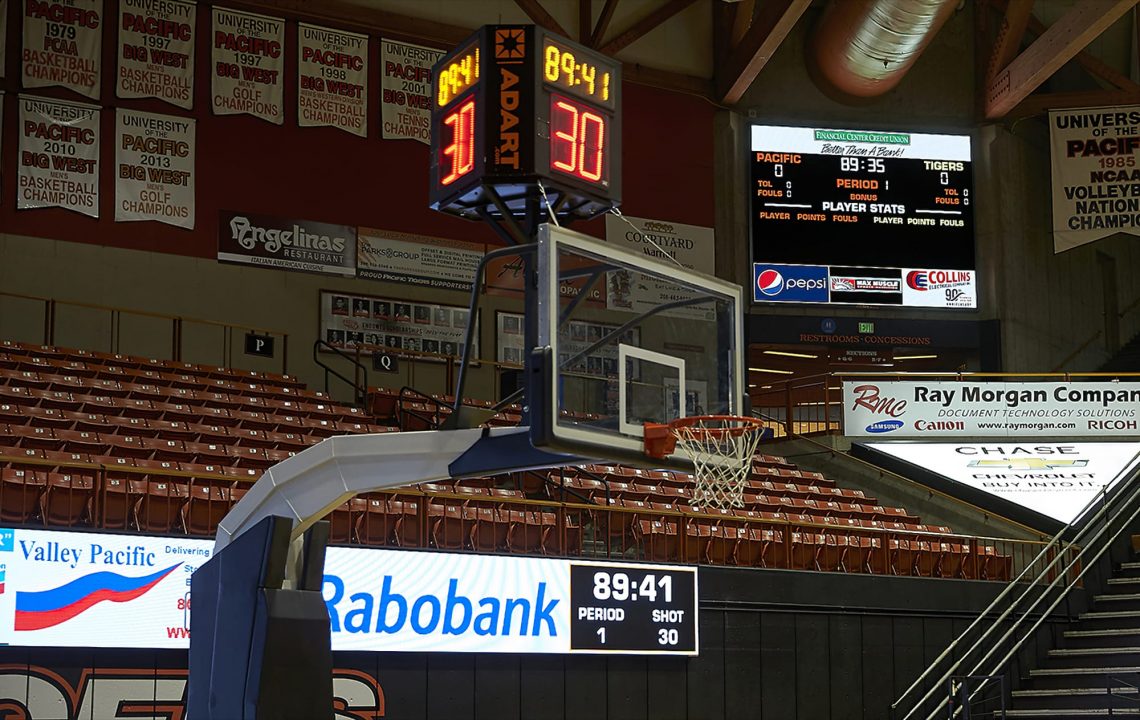
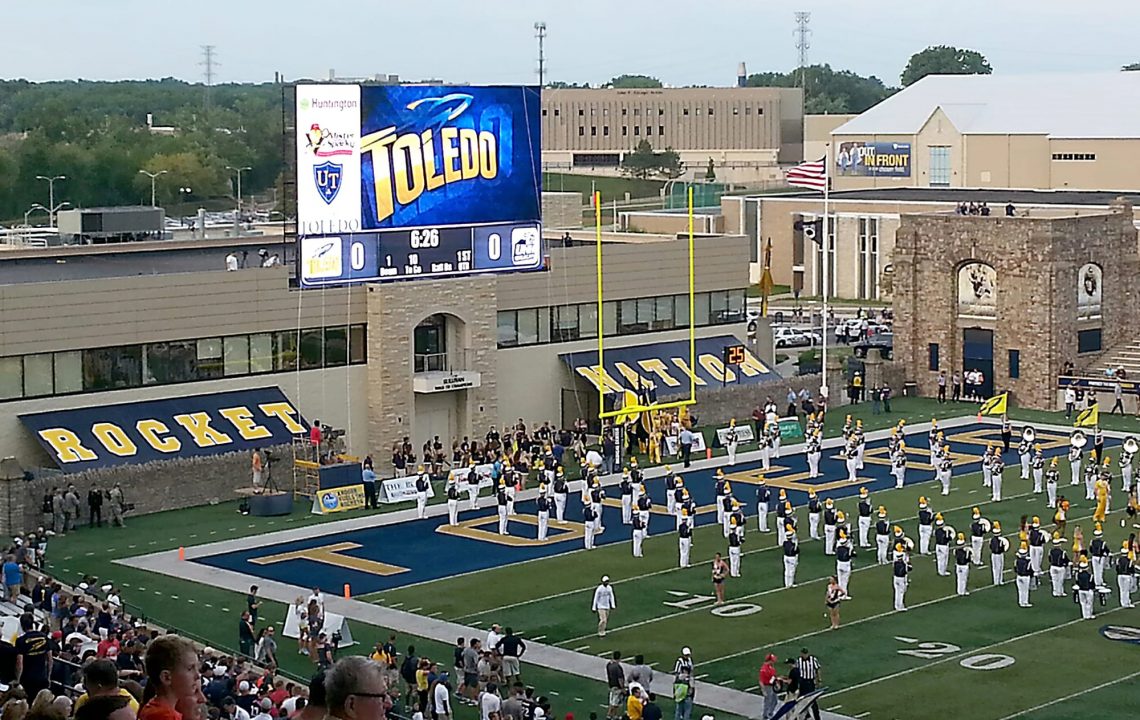


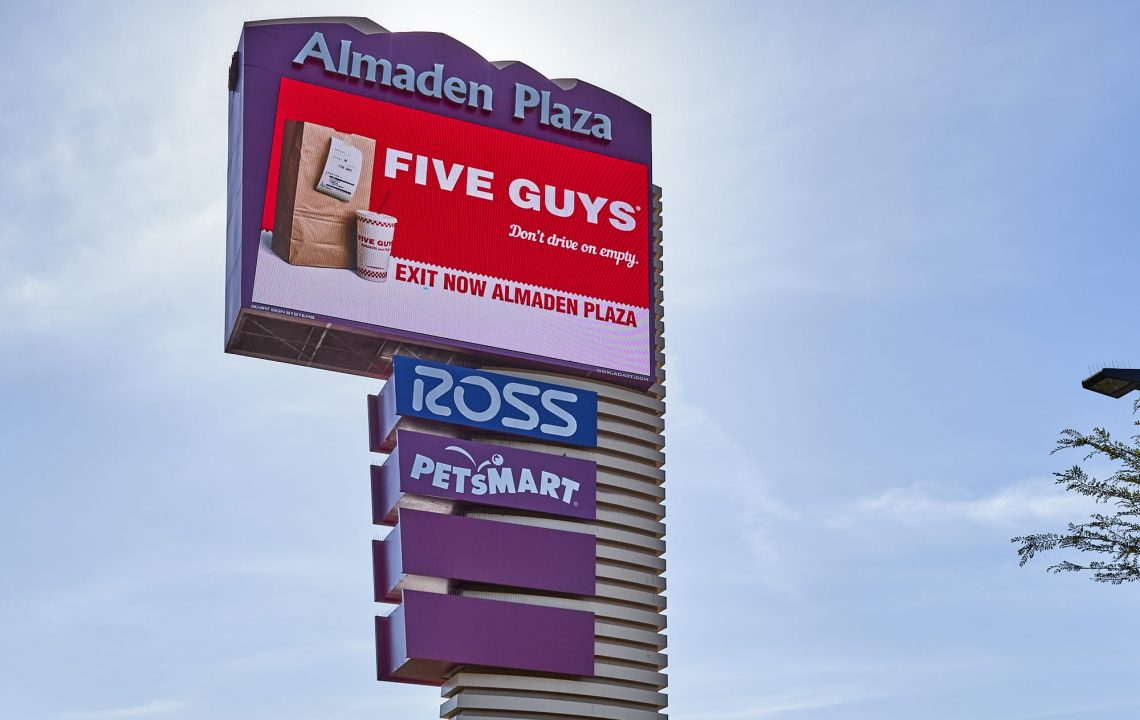

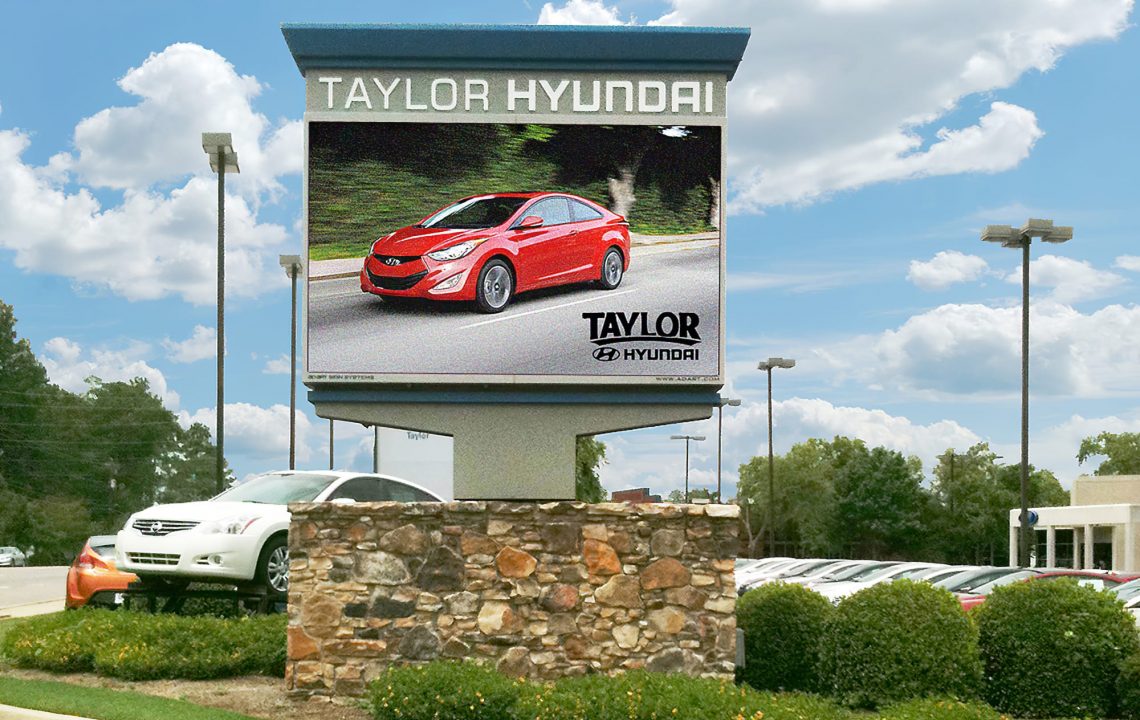

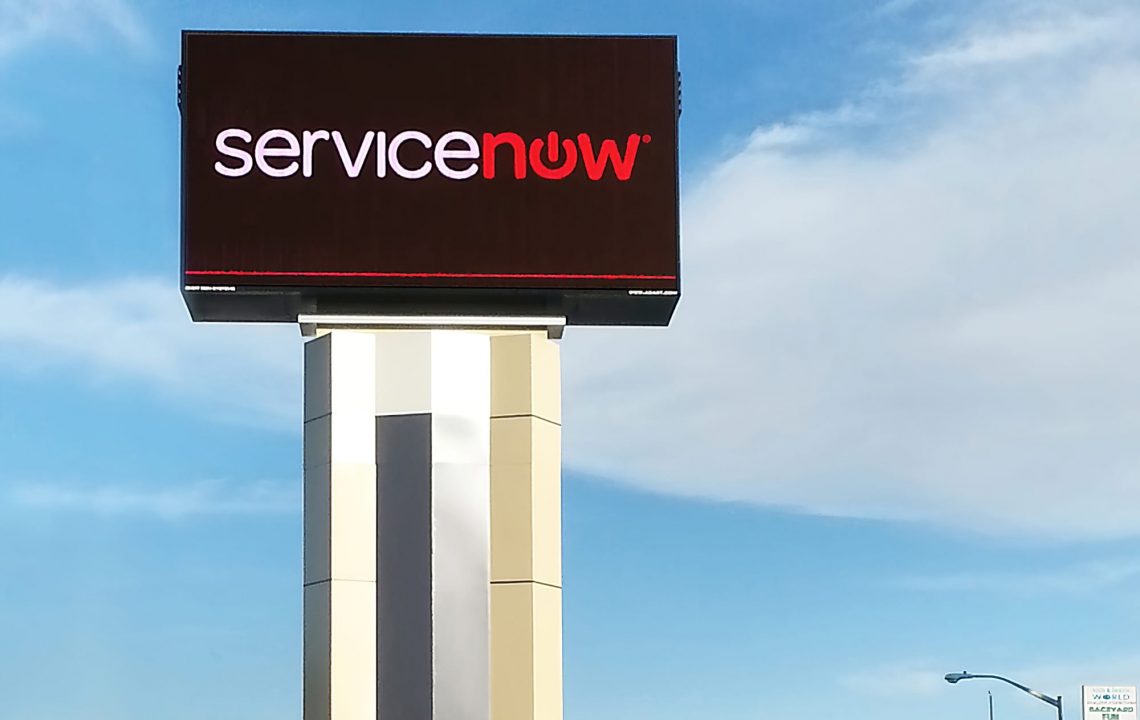
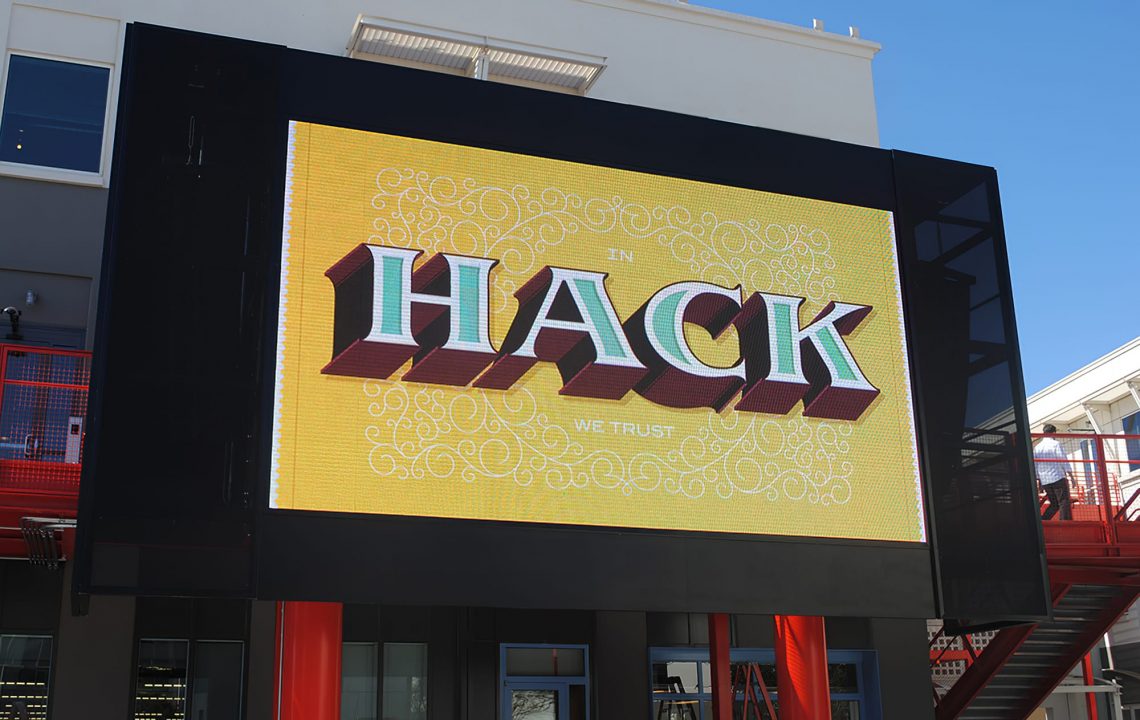


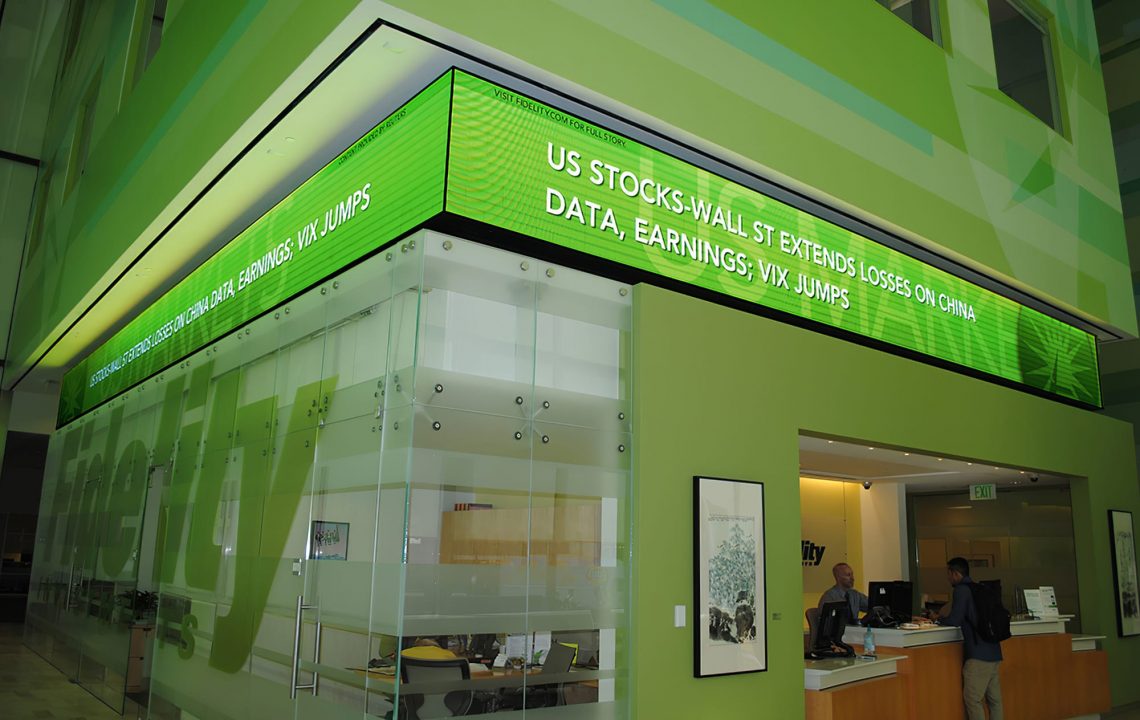
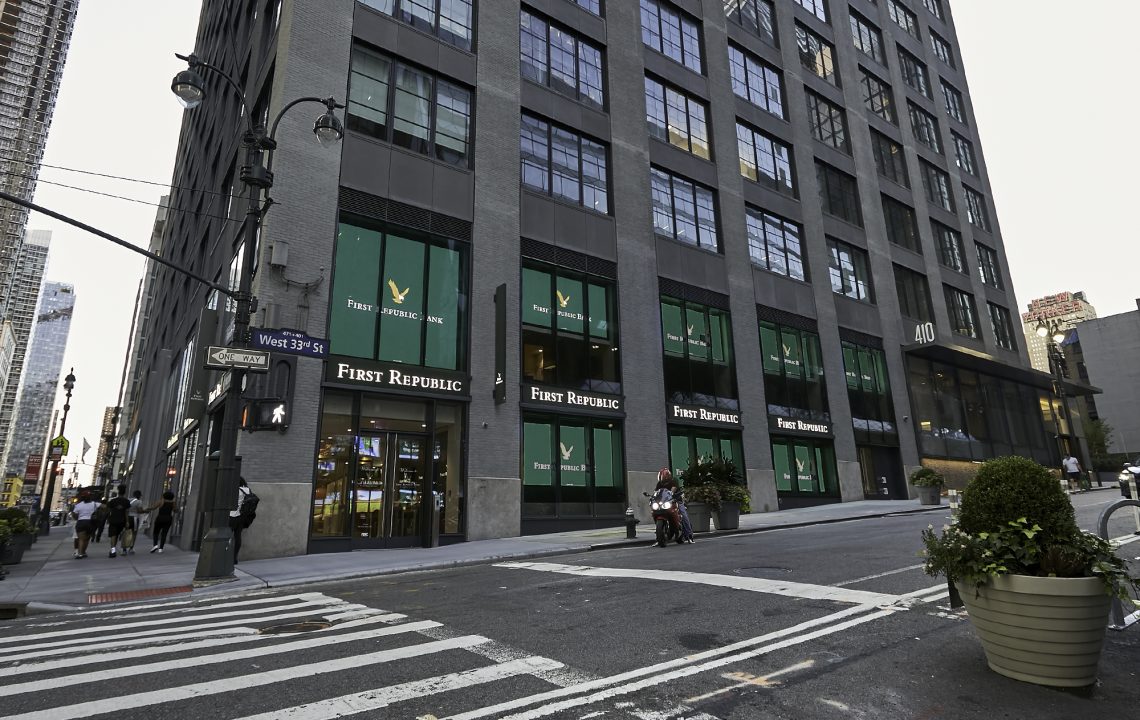
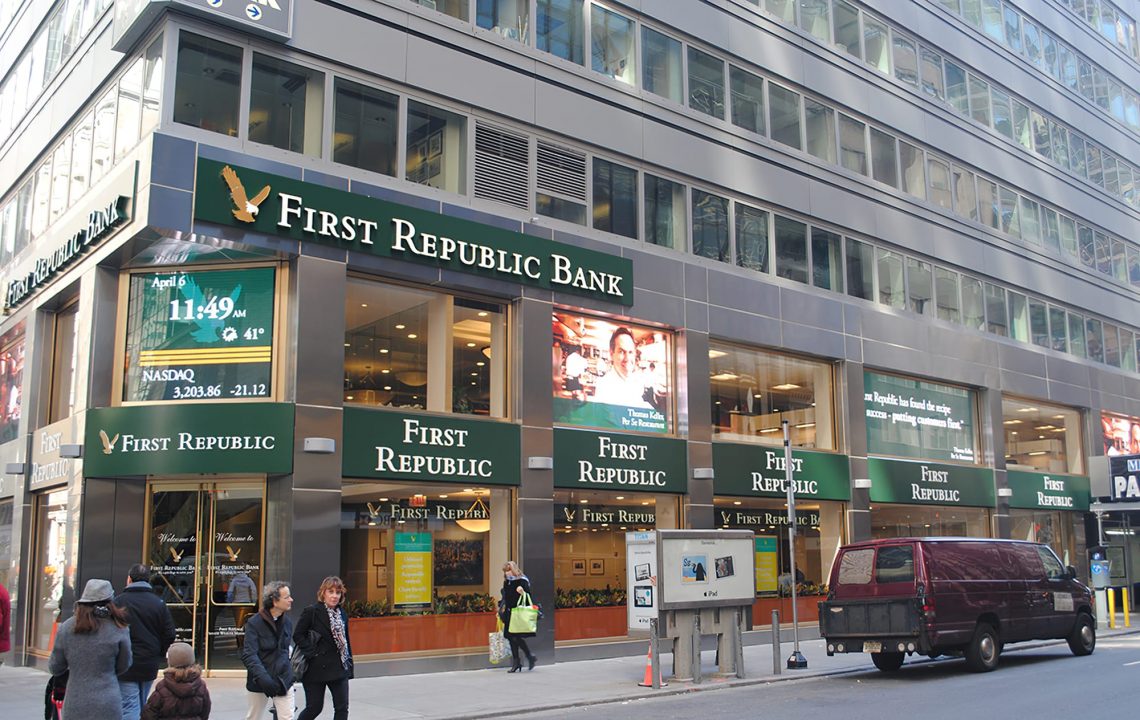
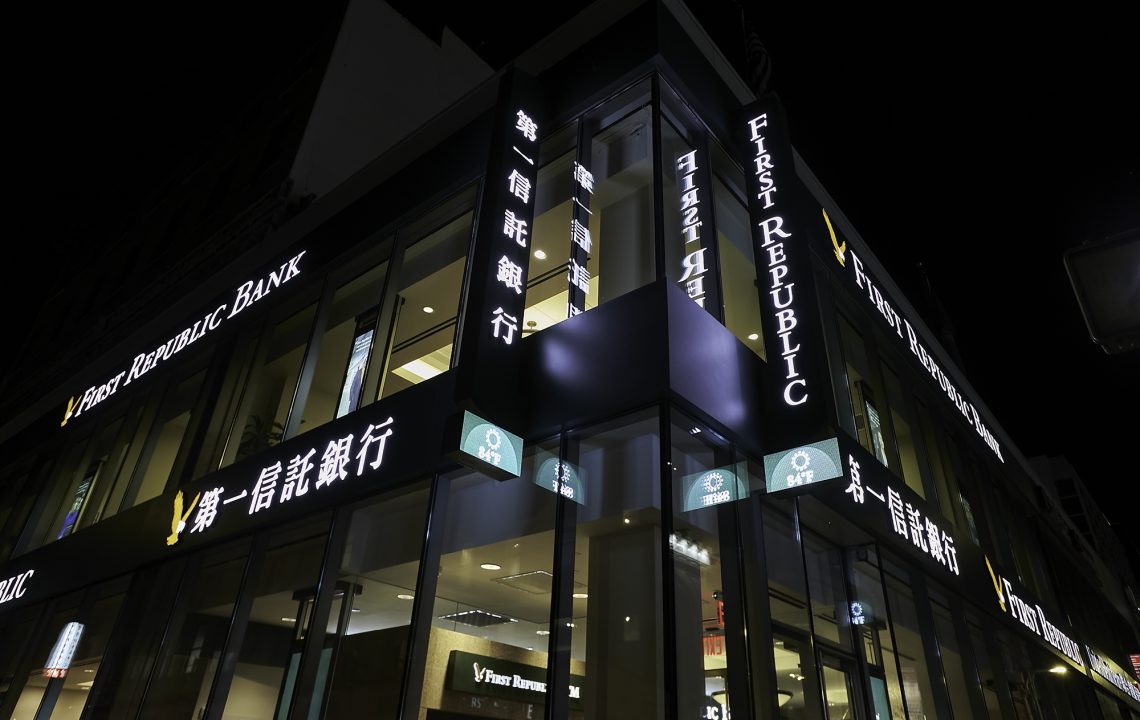
What is an LED Display and Why Do I Need One?
An LED display is a flat, curved, or distributed panel screen that uses an array of light-emitting diodes as pixels to form some sort of video display. Most LED screens are “direct view”, that is the light-emitting diodes mount directly on a printed circuit board. Their high brightness and contrast ratio allows them to be used outdoors where they are exposed to the sun. They are also used indoors as well, especially in large venues like sports arenas, theaters, entertainment rooms, and reception areas. Direct view LED displays are capable of providing large format, full color, high resolution video display. LED displays can provide very large, uninterrupted video walls because they do not contain a visible grid arising from the bezels of individual displays.
Why choose this sign type over another and under what circumstances?
Because LED screens are dynamic, full color, full motion video displays, they are excellent eye magnets for delivering any message a business or institution is promoting. Including them as an element an any other traditional sign will attract the attention of passersby. They communicate more effectively than any static sign can ever hope to.
If outdoor video content is needed, LEDs are the highest performing display technology for outdoor video screens. They have sufficient brightness and contrast to compete with daylight under most circumstances, even in direct sunlight. They are durable, have a long lifecycle, and are made to withstand the elements, even in harsh conditions.
LED is a good choice for some indoor video screens as well, especially when large, seamless video walls are desired. Their high brightness and contrast typically out-perform LCD screens in similar settings. They can be configured in any shape, including standard or non-standard video aspect ratios, which provide more options for placement in particular spaces. Indoor LED screens offer slim design, which make them more space saving than outdoor models.
Advantages of direct view LED Displays:
- Bright and sharp images with excellent color reproduction
- High refresh rates produce flicker-free Images
- High contrast picture quality with true blacks and wide color gamut
- Long lifespan and less environmental impact
- Wide viewing angle (typically 160 degrees)
Disadvantages of direct view LED Displays:
- LED displays are typically more expensive than other conventional display technologies
- LED displays typically consume more power than other conventional display technologies
Different Types of LED Displays
- Outdoor direct-view LED displays: Outdoor LED screens are specially designed to withstand the elements and to produce images with high brightness and contrast so as to compete against direct sunlight. They consume significant amounts of power and require regular maintenance.
- Indoor direct-view LED displays: Because indoor LED screens are viewed up close, they are a slim design with typically higher resolution and lower pixel pitch options than outdoor displays. Because they do not need to be as bright, they consume much less power and require less maintenance than their outdoor counterparts.
- Specialized direct-view LED products: If flat direct view LED screens do not suit your application, than specialty LED products can be custom made to fit a variety of use cases. Ad Art’s ultra thin & light Flexible LED Displays can follow curved contours and shapes. Ad Art rigid transparent LED Displays are a perfect choice when you want to display digital content to the public, but it has to fit behind a glass window, or if you need to block natural light from coming in but not the view of people looking out. Ad Art’s Transparent and Flexible LED product combines the best of both technologies.
- Programmable LED letters and architectural facades: Ad Art is able to create a totally custom set of programmable pixels or strips to fill any architectural shape imaginable. Each puck or strip is individually addressable, so they can be grouped and pixel mapped to display video imagery just like any LED screen. This opens up a whole new world of possibilities, including dramatic color effects, animated textures, full motion video/animations, and specialized lighting effects – all dynamically displaying right inside an architectural shape, channel letter, or facade.
How Ad Art Does LED Displays
Ad Art is all about value. We strive to be cost effective in everything we do so that every penny spent will bring optimal return on investment. Ad Art is known for creativity and innovation that helps set each customer’s sign apart from “ordinary” electronic signage. Quality, durability, and reliability are hallmarks of our products, which drives us to take pride in our work. We look good when our customers look good.
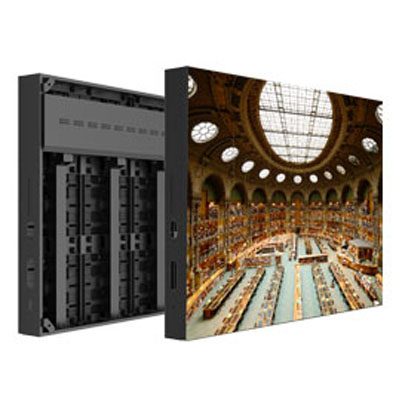
LED Screens
Using the latest display technologies on our proven & flexible platform, our LED products are designed to be future proof, providing outstanding value over the life-cycle of your investment.
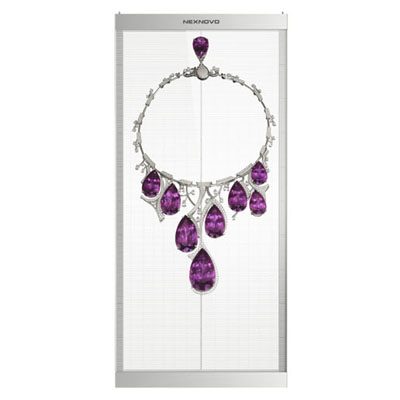
Specialized LED Products
With programmable LED pixels and strips from Ad Art, accent lighting, building letters, and architectural features never looked so good. Flexible LED modules make it possible to create curved, 3D screens. Semi-transparent LED panels make perfect window displays.

Content Management & Control Systems
As system integrators, Ad Art is able to choose from a variety of trusted vendors to select system components that meet the unique needs of individual businesses, entertainment venues, and sports programs. Ad Art has decades of experience integrating the latest industry technologies with their own proprietary systems.





